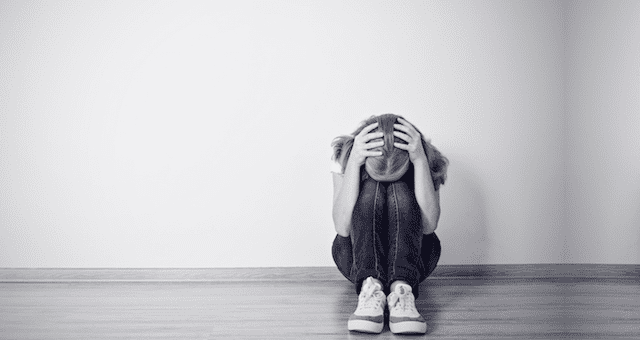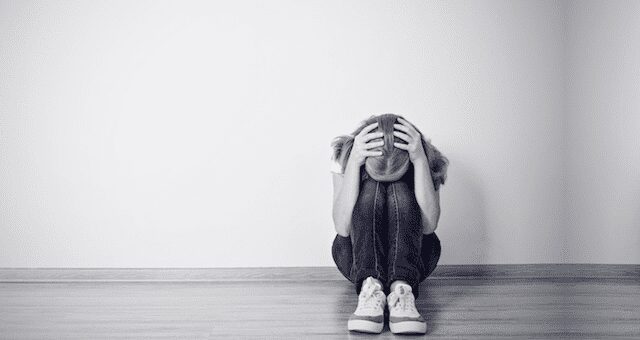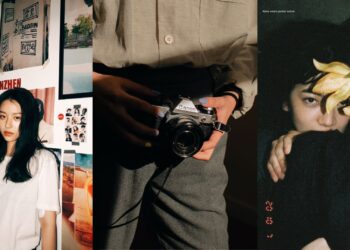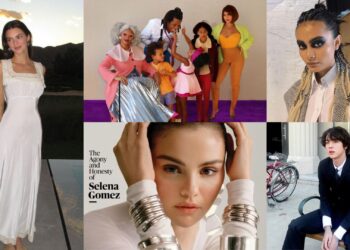
A new study has found that people who are clinically depressed are more likely to post grey or muted photos on Instagram, or choose filters that create these effects, whereas happier people tend to upload more colourful snaps. These are just initial findings, but researchers believe they could soon distinguish mental illness at earlier stages.
The report analysed over 40,000 Instagram photos from a group of 166 volunteers, with 70 whom are clinically depressed. Researchers looked at hue, brightness, colour saturation and contrast, as well as the number of faces in an image, and the number of likes and comments received. A computer algorithm was then used to compare the results.

Those depressed tended to post bluer, greyer, and darker photos than non-depressed people. In terms of filters, depressed people used Inkwell most often, whereas happier people preferred Valencia. Depressed people got fewer likes, and tended to post more photos with faces. However, their photos featured fewer faces per image compared to the non-depressed people.
The algorithm correctly predicted which participants suffered from depression at a better rate than practitioners do during in-person assessments. It did so even when the analysis was limited to photos, before diagnoses. Albeit the results, researchers caution that it shouldn’t be applied into official practice until the research is replicated on a larger scale.










